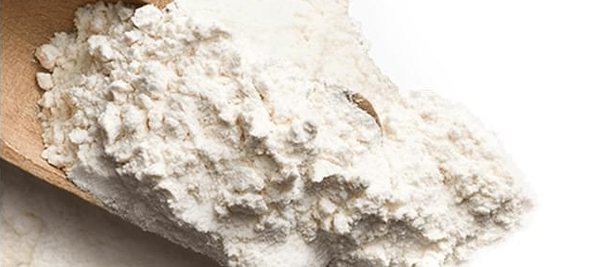Experiment Study on the Effect of Bile Acids on Perinatal Cows
Dairy cows are particularly prone to energy imbalance during the transition period. Once an energy imbalance occurs, the production performance and overall health of the cows can be significantly affected.
Recent studies have found that adding bile acids to feed not only acts as an emulsifier but also serves as a signaling molecule to regulate metabolic processes. Although most research on bile acids has focused on their applications in monogastric animals and aquaculture, their mechanisms in ruminants, especially transition dairy cows, remain unclear.
Therefore, this experiment aims to investigate the effects of bile acids on the production performance, milk composition, plasma fatty acid and bile acid profiles, and fecal microbiota of transition dairy cows.
**Experimental Methods**
This experiment selected 46 healthy Holstein cows with similar body conditions and randomly divided them into two groups. From 21 days before calving to 21 days after calving, the cows were supplemented with 0 and 20 grams/day of bile acids, respectively. Production performance data were tracked until 60 days postpartum.


**Results**
The results showed that bile acid supplementation significantly increased milk fat content and overall milk yield postpartum, while also improving the levels of unsaturated fatty acids, monounsaturated fatty acids, and polyunsaturated fatty acids in the milk.
Bile acid supplementation also significantly increased plasma triglyceride levels and saturated fatty acid content, while simultaneously reducing the levels of unsaturated fatty acids and β-hydroxybutyrate.
The addition of bile acids significantly altered the structure of the fecal microbiota and the abundance of microorganisms related to bile acid metabolism and transport.
Functional predictive analysis indicated that cows fed bile acids exhibited a significant increase in the relative abundance of bile salt hydrolase, 7α-hydroxysteroid dehydrogenase, and bile acid-induced gene E, as well as in bile acid metabolism-related pathways.
Furthermore, bile acid supplementation significantly changed the bile acid profiles in plasma and feces, particularly increasing the concentration of secondary bile acids, which play a crucial role in the complete oxidation of fatty acids in the liver and the breakdown of β-hydroxybutyrate.
In practical production, adding bile acids to feed can effectively improve milk yield and milk fat content in dairy cows, while also helping to reduce the incidence of ketosis during the transition period.










